Figma is a great tool for UI and UX designers. It has useful features for teamwork and is easy to use. However, as we get closer to 2025, some problems are appearing. Subscription prices are going up. Support for different platforms is not enough. Users want new features, like AI integration. Because of these issues, many people are looking for alternatives to Figma, including other plugins for WordPress, etc.
If you want free or open-source alternatives to Figma, or tools with advanced features for your web browser, you are in the right spot. This article will show you 10 different tools: Weblium, Codedesign, Leadpages, Subbly, Durable, Webflow, Unbounce, Dorik, Pixpa, and 10Web. We will look at what each tool can do, how much they cost, and how well they work. This will help you choose the best option for popular UX and new UI design tools.
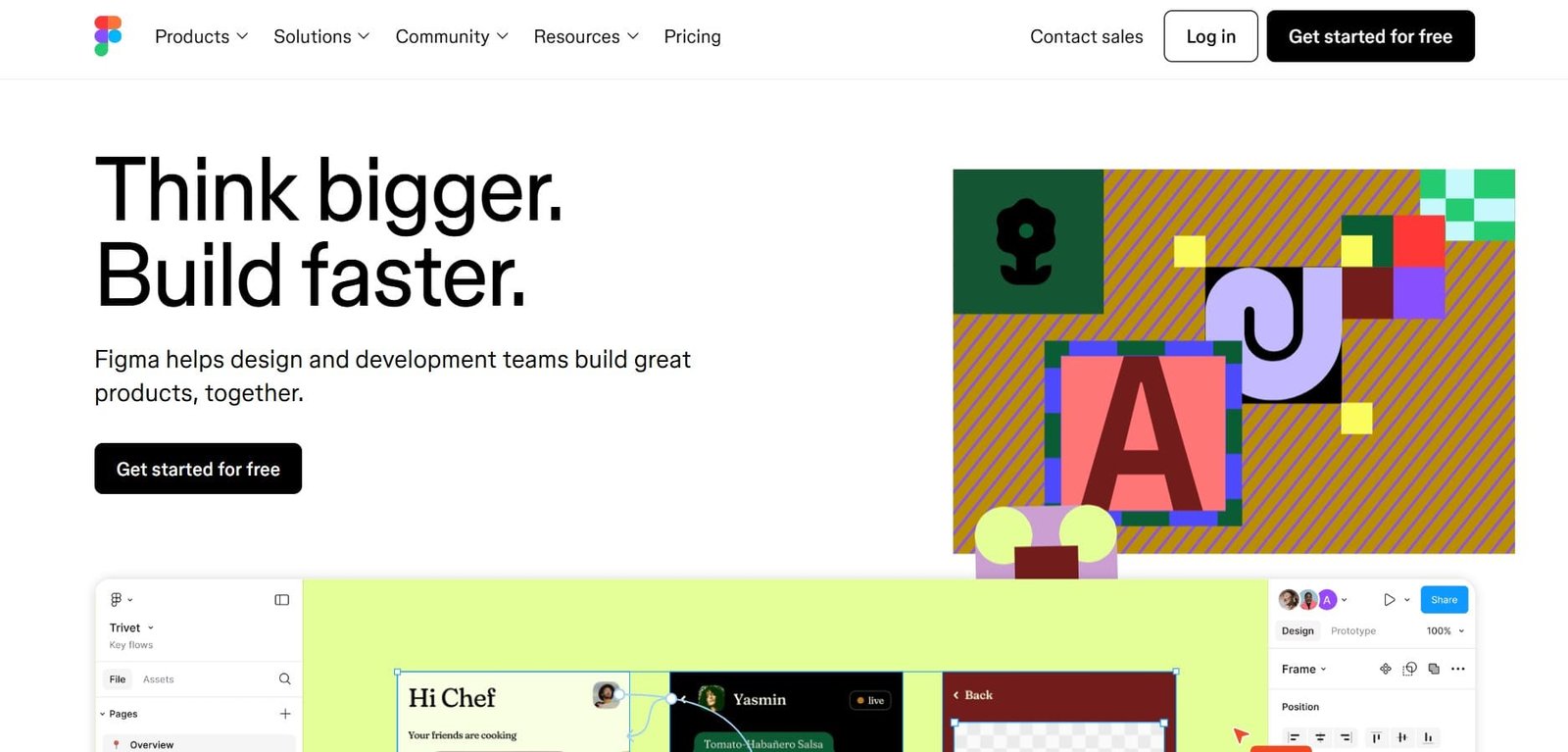
Why Look for Figma AI Alternatives in 2025?
Figma is loved by many because it lets you design in the cloud. It also allows teams to work together in real-time during the design process. However, there are some downsides. The premium plans can be really expensive. These plans include features found in Adobe XD and Figma AI. Due to the high costs, some users search for free tools like Weblium. Others face issues with compatibility.
Because of this, many people are looking for alternatives to Figma that are compatible with Linux and Android. The growth of AI in design tools increases the need for Figma options that include AI. These alternatives can help automate tasks and make user interfaces better. This article explores these demands and lists several alternatives to Figma for different needs, such as UI/UX and web design.
What to Look for in Figma Alternatives AI in 2025
In 2025, when seeking Figma alternatives with AI capabilities, it's crucial to prioritize tools that offer collaborative cloud-based design features akin to Figma.

- Pricing: Are there free options or affordable plans that fit your needs?
Compatibility: Does it work on different platforms, like Linux, or do you need a mobile app? Think about which software is the right fit for your design needs.
AI Features: Look for tools for design creation or automation.
Collaboration: Real-time teamwork is important in many choices that compete with Figma.
Open Source: Open source options are great for those who want flexibility and low costs.
Look for options that support real-time team collaboration and provide advanced AI functionalities for automating tasks and enhancing user interfaces. Consider factors like cost-effectiveness, compatibility with various platforms including Linux and Android, and the ability to streamline the design process through AI integration.
Top 10 Figma Alternatives with AI in 2025: Detailed Comparison
Below are 10 tools that you can consider if you want alternatives to Figma in 2025. Each tool includes details about its features, benefits, downsides, export options, and pricing. We also compare each one with Figma. This information is here to help you choose the best option for your needs.
1. Weblium: Best for Web Design Beginners
Weblium is improving web design. It makes building websites simple. This Figma alternative has an easy drag-and-drop interface. You can also find ready-made templates there. Plus, it uses AI to create content with ChatGPT. This feature is helpful for beginners and small businesses. They can work with Figma files without any trouble.
Weblium makes it easy to design websites. It has a simple editor and good SEO content tools. These features help people get professional results fast. They also have a free plan. This makes Weblium a great choice among figma free alternatives for anyone working on web projects.
Pricing: You can select a free plan. If you want a paid plan, it starts at $8.25 each month.
Pros:
It is a budget-friendly option, meaning it costs less than Figma.
The interface is easy to use, which is great for beginners.
It has AI features that help in creating content.
Cons:
You can find a few options for UI/UX design.
There aren't many advanced features available.
Comparison to Figma: Weblium is a great option if you need something more affordable than Figma. It offers important web design tools at a lower price. While it might not match Figma in UI/UX design quality, it is simple to set up. Beginners can benefit from its AI features to create websites without spending a lot.
2. Codedesign: Best for AI-Driven Web Projects
Codedesign is changing web design using its AI tools to create websites. It offers features such as user experience flow diagrams and ways to do user testing. This creative Figma alternative has more than 2000 funnel templates. It also allows teams to work together in the cloud and lets you export code. This makes it perfect for marketers and designers looking for Figma alternatives that use AI.
Codedesign makes web projects easy. It uses the power of AI and automation. This helps teams work better together. Users have fun with it and find it effective. They can see quick results. With a free trial and great features, Codedesign is a better choice than Figma.
Pricing: You can start with a free trial. If you choose a paid plan, it begins at $19 each month.
Pros:
Make designs with AI.
Collaborate on edits as a team.
Fair prices.
Cons:
This is not about UX design.
It has some advanced features.
Comparison to Figma: Codedesign is a good choice for web projects when you compare it to Figma. It offers AI automation, which Figma does not have. The pricing is also reasonable. Although it may not emphasize UI/UX as much as Figma, Codedesign has easy design tools and features for teamwork. This makes it a strong figma ai alternative.
3. Leadpages: Best for Marketing Teams
Leadpages is changing how people make landing pages. It helps users increase their conversions. This figma alternative provides AI copywriting and an easy drag-and-drop editor. It is great for marketers who want a figma tool that suits their needs.
Leadpages helps improve marketing. It has features for teamwork and tools that increase conversions. This is great for teams that want good results. Though it may not have some advanced design features in UI/UX, its simple design is effective for marketing needs.
Pricing: Plans begin at $37 per month.
Pros:
AI helps to make written content.
It has good tools for working together.
It includes features that increase sales.
Cons:
No UI/UX design capabilities.
Higher cost.
Comparison to Figma: Leadpages and Figma are not the same. Leadpages has special marketing tools that Figma does not have. However, Leadpages costs more. It also misses some design choices that Figma gives. Still, Leadpages can be a good figma alternative for making landing pages.
4. Subbly: Best for Subscription Businesses
Subbly is changing how we shop online by using subscription models. This figma alternative provides tools to manage regular payments and keep track of customers. It’s a top pick among figma alternatives AI for ecommerce.
Subbly helps you take care of subscription tasks with tools for working with your team. This makes it easier for businesses to set up and manage their subscriptions. While it does not offer AI or design tools for user experience, its straightforward focus can be useful in some cases.
Pricing: Plans begin at $39 per month.
Pros:
Created for subscription plans.
Tools for teamwork.
Focused on online shopping.
Cons:
No AI or design tools.
Limited versatility.
Comparison to Figma: Subbly is a great option, especially when compared to Figma. It offers ecommerce features that Figma lacks, and it is reasonably priced. Even though it may not have every design feature that Figma has, it can serve as a good Figma alternative for businesses that handle subscriptions.
5. Durable: Best for Quick Web Projects
Durable is a tool that uses AI to make web design easier. It helps you create scalable vector graphics without any trouble. This platform is easy to use, especially when you compare it to Figma. It is made for small businesses and personal creators.
The platform has a free plan. This allows many users to use it without paying. Durable has several comprehensive features. These features include tools for collaboration. They help with scalability and make workflows easier for users. This, in turn, boosts efficiency and productivity in web design projects.
Pricing: You can sign up for a free plan. A paid plan starts at $12 each month.
Pros:
Design automation that uses AI.
A free plan is available for basic use.
Tools for teamwork.
- Cons:
It only works for web design projects.
It does not offer options for UI or UX design.
Comparison to Figma: Durable is great for quick web projects. It has AI features and offers a free plan. It is simpler to use and less expensive than Figma. While it may lack some advanced design tools that Figma provides, it is a good Figma free alternative for those who want speed and ease.
6. Webflow: Best for Professional Designers
Webflow is perfect for web design. It combines visual editing, vector editing, and style guides. This makes using HTML, CSS, and JavaScript easy. When you look at Figma, Webflow gives you everything you need. It has a Content Management System (CMS), AI personalization tools, and allows people to work together in real-time.
Webflow is a good choice for professionals looking for a strong alternative to Figma. It allows designers to create interactive prototypes with its prototyping tool in real time. This improves their design systems and makes the workflow easier. The platform is flexible and caters to the needs of both designers and developers. Because of this, it is a helpful tool in the digital world.
Pricing: Plans start at $14 per month.
Pros:
Visual coding gives you full control.
AI features help you have personal experiences.
There are excellent tools for working together.
Cons:
A harder learning path for beginners.
Less attention to UI and UX design.
Comparison to Figma: Webflow is a strong competitor to Figma in web design. It has flexible coding options and charges about the same. Figma is great for UI and UX projects. However, Webflow gives you more customization and flexibility. Because of this, it is a top Figma alternative for designers who want more control over their designs.
7. Unbounce: Best for Conversion-Driven Design
Unbounce is a great option for marketing tools. People know it for making landing pages that work effectively. Unbounce uses AI and A/B testing to get these results. This makes Unbounce different from Figma, especially for marketing teams.
The teamwork tools in Unbounce make it easier to work and help teams do better. These useful tools allow marketing experts to design improved landing pages. This leads to higher conversions and better results for their campaigns.
Pricing: Plans begin at $90 per month.
Pros:
You can make landing pages with AI.
A/B testing can help you get better results.
You can work together in real-time to make changes.
Cons:
It is more expensive than other brands.
It is not good for UX or UI design.
Comparison to Figma: Unbounce is a tool designed to help you increase conversions. It has features that Figma does not offer, but it also costs more. While it is a good Figma alternative for marketers, it provides fewer design options compared to Figma.
8. Dorik: Best for Budget-Friendly Web Design
Dorik is changing the way we create websites. It uses clever AI tools and a simple drag-and-drop editor. Many people prefer it because it costs less than Figma. The platform also has a free plan, which makes it easy for teams to collaborate.
With Dorik, making beautiful websites is easy. The user-friendly interface and smart technology make design simple for everyone. Whether you are just starting out or are an experienced designer, Dorik's tools can help you turn your ideas into reality without spending too much money.
Pricing: You can use a free plan. Paid plans start at $48 each year.
Pros:
Design ideas that use AI.
Prices that are affordable with a free choice available.
Choices for collaboration.
Cons:
There are some advanced design features.
It is not suitable for UI/UX projects.
Comparison to Figma: Dorik has important web design tools that cost less than Figma. This makes it a great Figma free alternative. While it doesn't have as many features as Figma, its low price attracts beginners and small teams.
9. Pixpa: Best for Creative Portfolios
Pixpa is a flexible platform for creative people who want to show their portfolios. It makes it easy to add ecommerce features. You can also work with others using fun design elements. Pixpa has a simple interface and many useful tools. It's a great option if you want something easier than complex tools like Photoshop. This platform is perfect for product teams that need a smooth solution.
One nice thing about Pixpa is the free version. This lets people try it out before they choose to buy anything. Whether you are a photographer, designer, or artist, Pixpa has the tools you need. It helps you display your work online in a simple and professional way.
Pricing: Plans start at $6 per month.
Pros:
Affordable prices.
Options to sell products online.
Collaborating through group editing.
Cons:
There are no tools that use AI.
They are not very flexible and are mainly for purposes other than portfolios.
Comparison to Figma: Pixpa serves a different purpose than Figma. It is made for creating portfolios and has a lower price. It is a good Figma alternative for creative people who do not need all of Figma’s design tools.
10. 10Web: Best for WordPress Users
10Web is transforming the way people build WordPress sites with its AI and team tools. It is a smart option for WordPress users who want to improve their work, like Figma. The AI makes many tasks easier. This includes designing websites, improving their performance, and making sure they look great on different devices.
Collaboration tools help design teams work better together. They connect designers, developers, and content creators to improve the workflow. With 10Web's strong technology, you can make your WordPress design experience even better. You can create beautiful websites easily and effectively.
Pricing: Plans start at $10 per month.
Pros:
Create WordPress sites using AI.
Easy setup with WordPress.
Tools to collaborate as a team.
Cons:
This is just for web design.
It is not meant for UI/UX tasks.
Comparison to Figma: 10Web provides AI-driven design tools for WordPress users at an affordable price. This makes it a great Figma alternative for those using WordPress. Although Figma has more features, 10Web also lifetime deals for users.
Comparison Table Alternatives of Figma App
Here is a quick overview of some Figma alternatives with AI. We will check their prices, AI features, and how they support teamwork:
Tool |
Price |
AI Features |
Collaboration |
|---|---|---|---|
Weblium |
Free + $8.25/mo |
Yes (ChatGPT) |
Yes |
Codedesign |
Free trial + $19/mo |
Yes (Generation) |
Yes |
Leadpages |
$37/mo |
Yes (Copywriting) |
Yes |
Subbly |
$39/mo |
No |
Yes |
Durable |
Free + $12/mo |
Yes (AI Sites) |
Yes |
Webflow |
$14/mo |
Yes (Personalization) |
Yes |
Unbounce |
$90/mo |
Yes (AI Landing Pages) |
Yes |
Dorik |
Free + $48/yr |
Yes (AI Design) |
Yes |
Pixpa |
$6/mo |
No |
Yes |
10Web |
$10/mo |
Yes (AI Sites) |
Yes |
Selection Criteria
To discover the best Figma alternatives for 2025, we looked at tools that matter to designers and considered important factors:
Price: We looked for tools that had flexible pricing, like free plans or cheap subscriptions. This is great for solo designers and small teams.
Ease of Use: We chose tools that are easy to use. They have simple interfaces that help beginners and pros navigate without trouble.
AI Features: We wanted tools that include AI-driven features, like design generation, to help improve creative workflows.
Collaboration: We selected tools that provide real-time editing and team workspaces, just like Figma does.
Compatibility: We made sure these tools work on different platforms, including mobile and web access, for added flexibility.
Integration: We checked how well each tool connects with other platforms like Slack and WordPress to keep workflows smooth.
Performance: We tested how well each tool manages large projects, which is essential for professional designers.
These guidelines helped us find other tools like Figma that meet different needs. This makes it easier for you to choose the right tool for your design projects in 2025.
Conclusion
In 2025, there will be several free tools like Figma. You can find one that suits you well. For the best free Figma alternatives, check out Durable and Dorik. Both offer great free plans. If you are looking for AI options for Figma, you can try 10Web, Unbounce, and Durable. These tools have helpful automation features. For professional designers, Webflow is a solid premium alternative to Figma.

If you're looking for a free Figma alternative for small projects or a complete tool like Webflow, consider these options. Think about your needs. Look at factors like cost, AI features, simulations, and teamwork. Test them out to find the best fit for your workflow in 2025!
FAQ
Many users are looking for cost-effective design tools, so this question addresses options like Weblium or Dorik that provide robust free plans.
Compatibility is a common concern, especially for Linux users, making this a key question to explore tools or workarounds for that platform.
With AI increasingly shaping design tools, this question highlights alternatives like Codedesign or Durable that offer AI-driven capabilities.
Figma is renowned for its collaboration features, so this question identifies tools like Webflow or Unbounce that support similar real-time teamwork options.




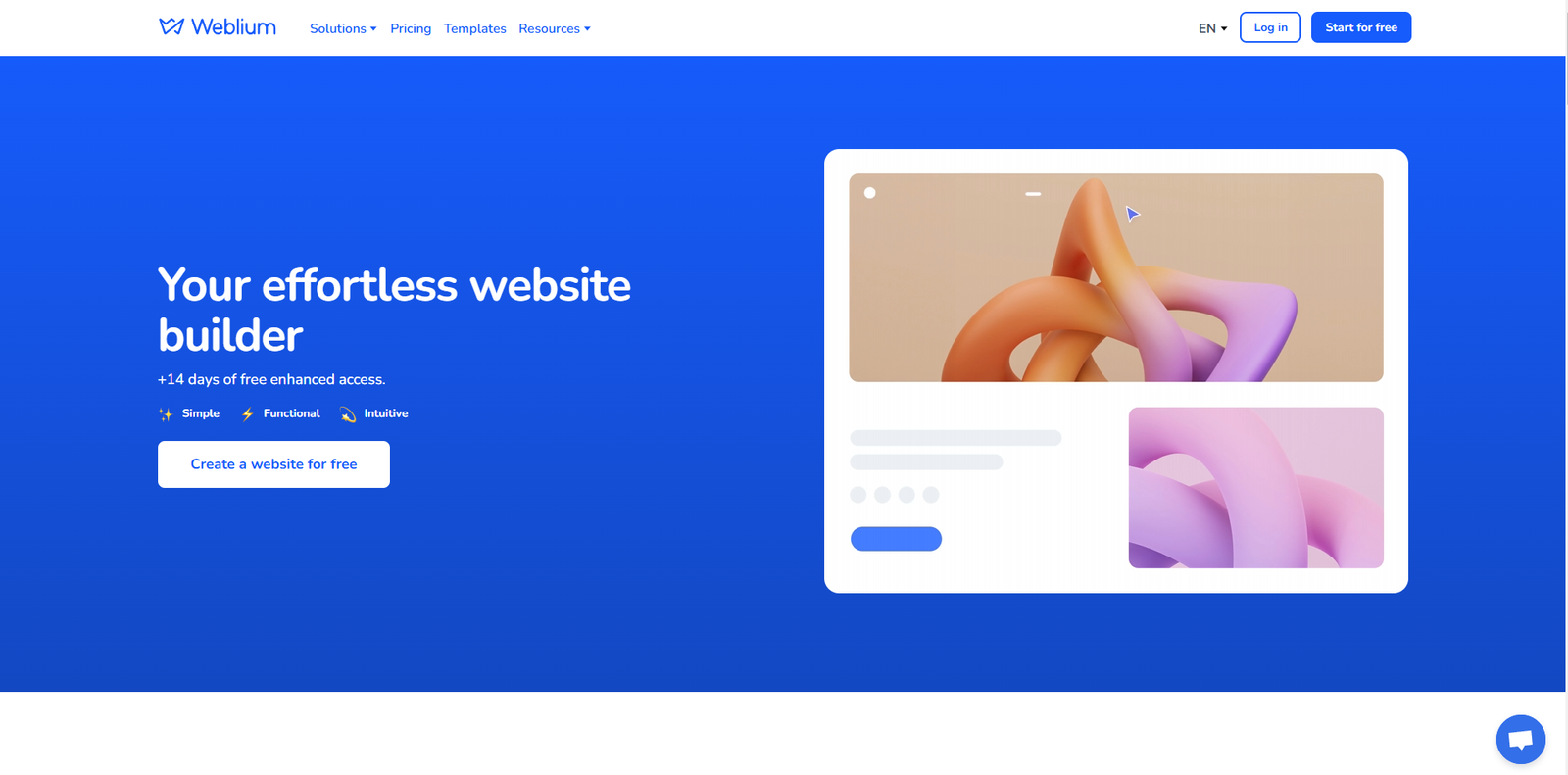
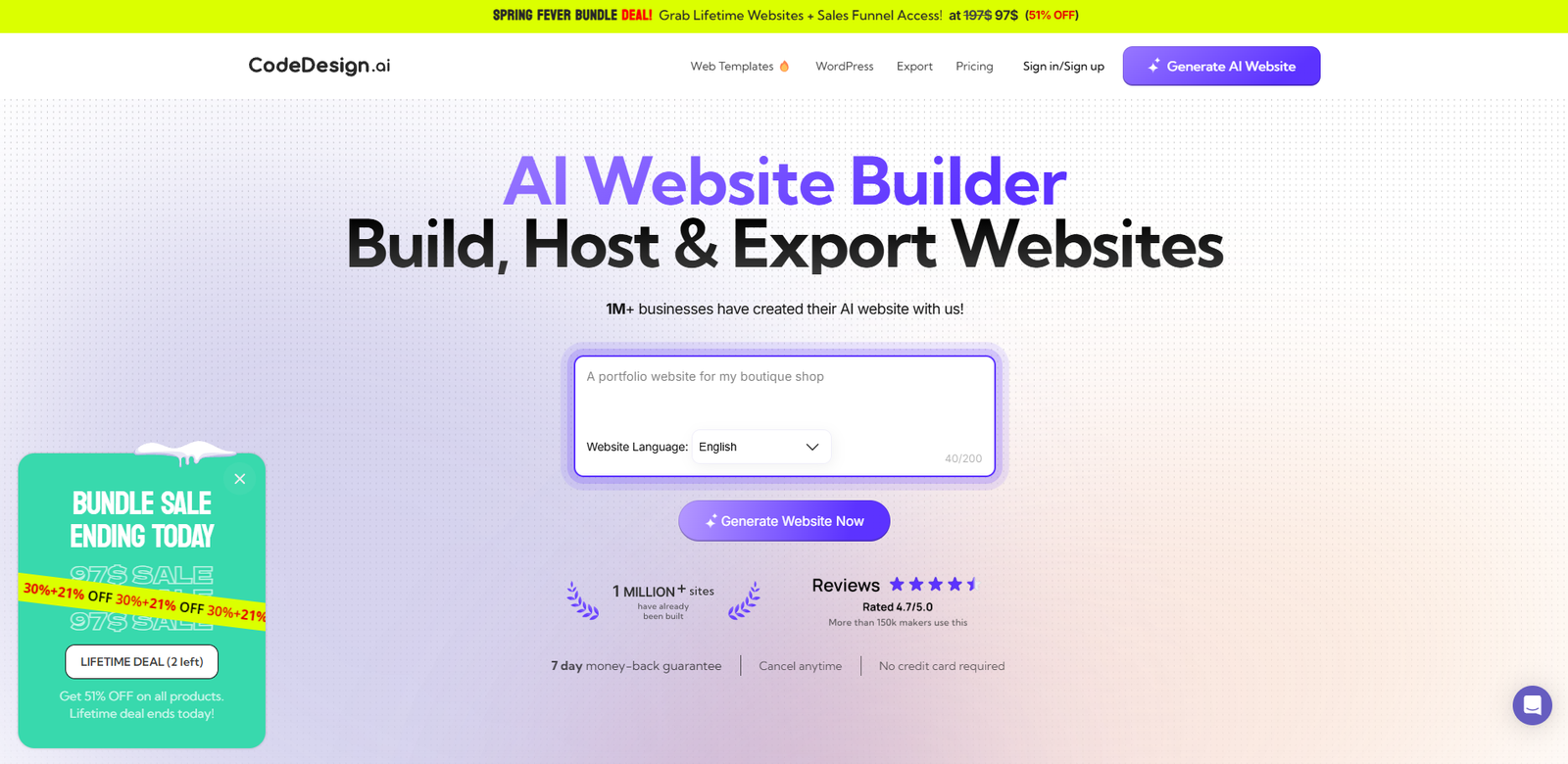

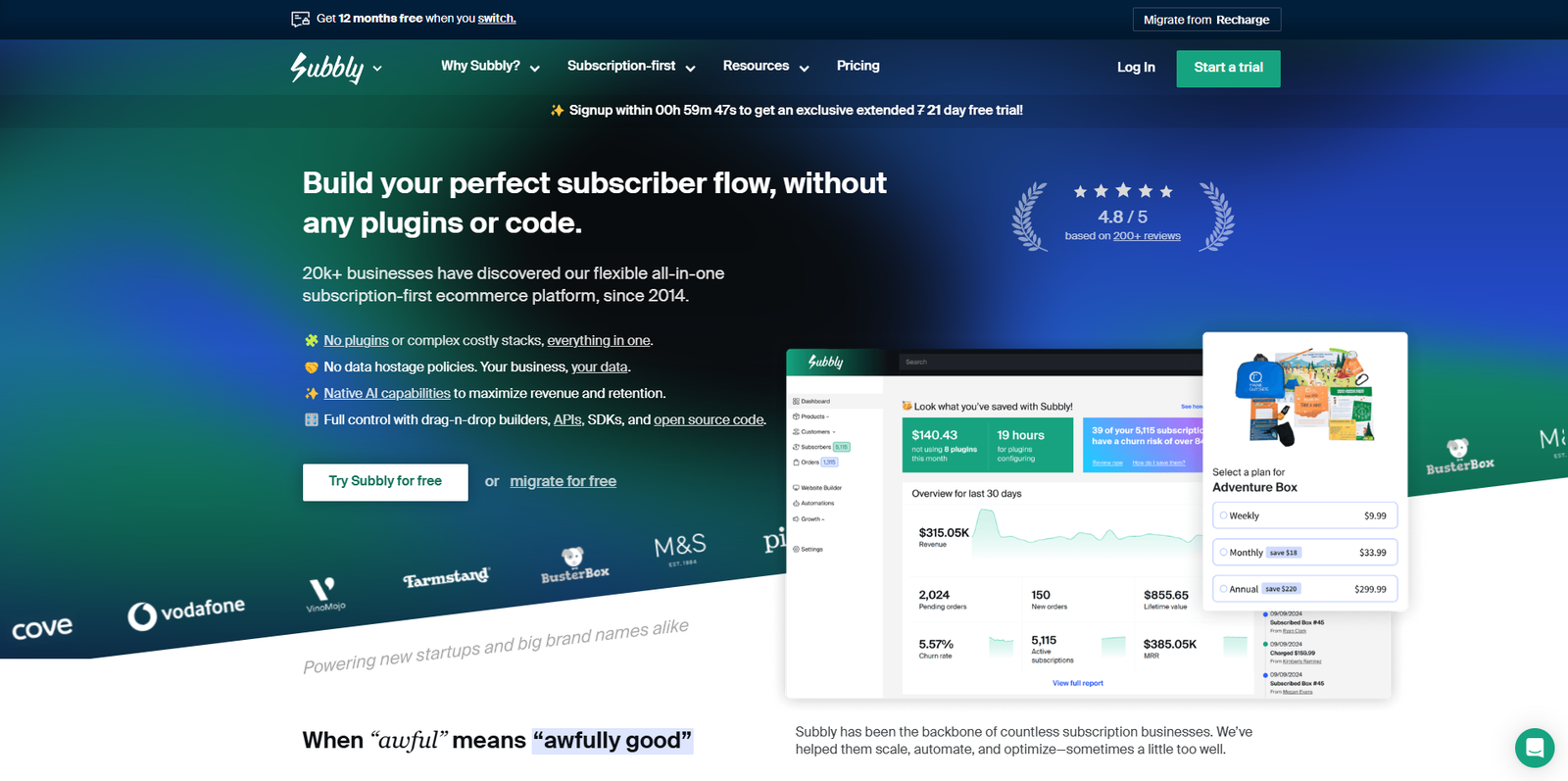
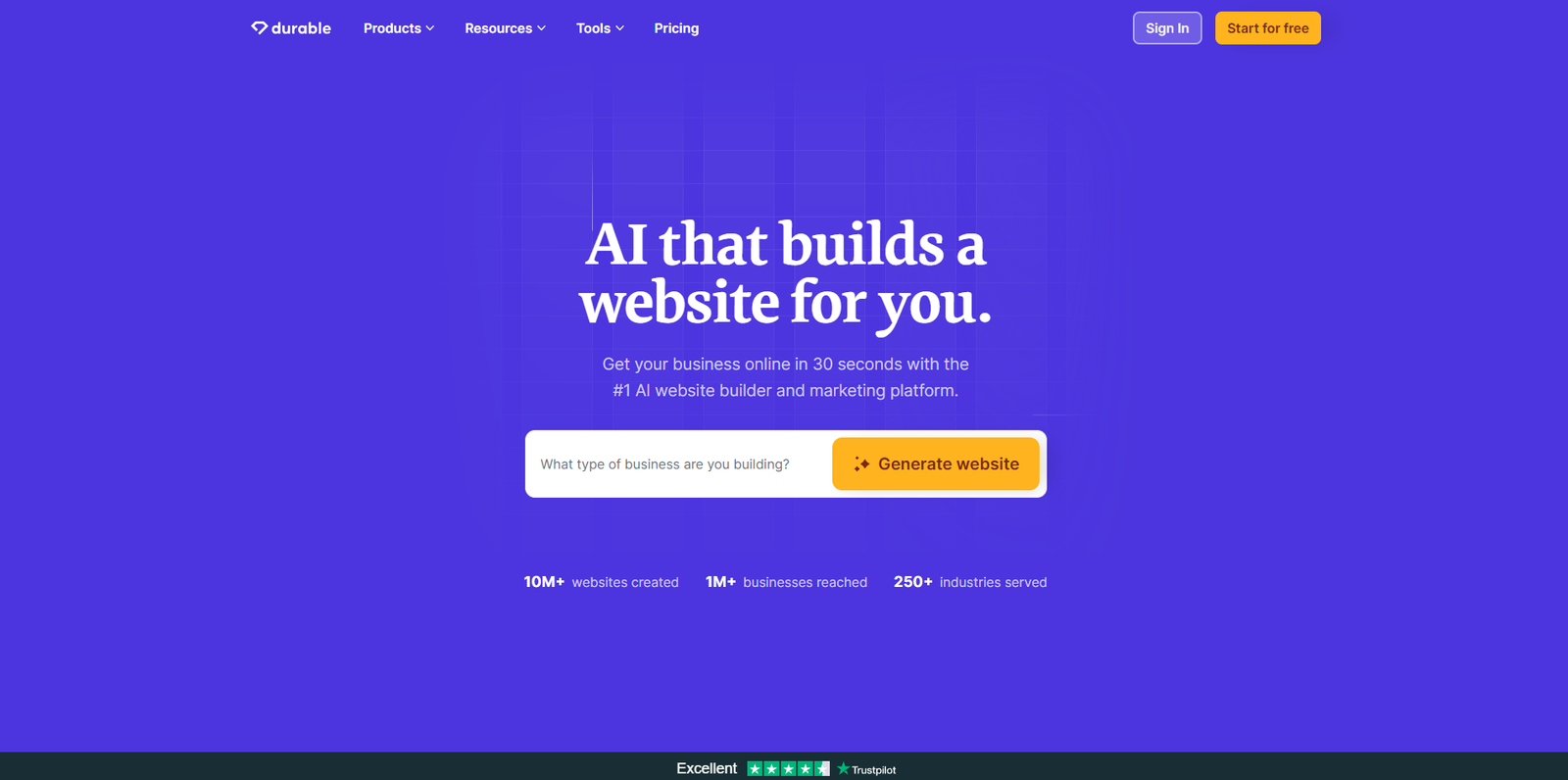
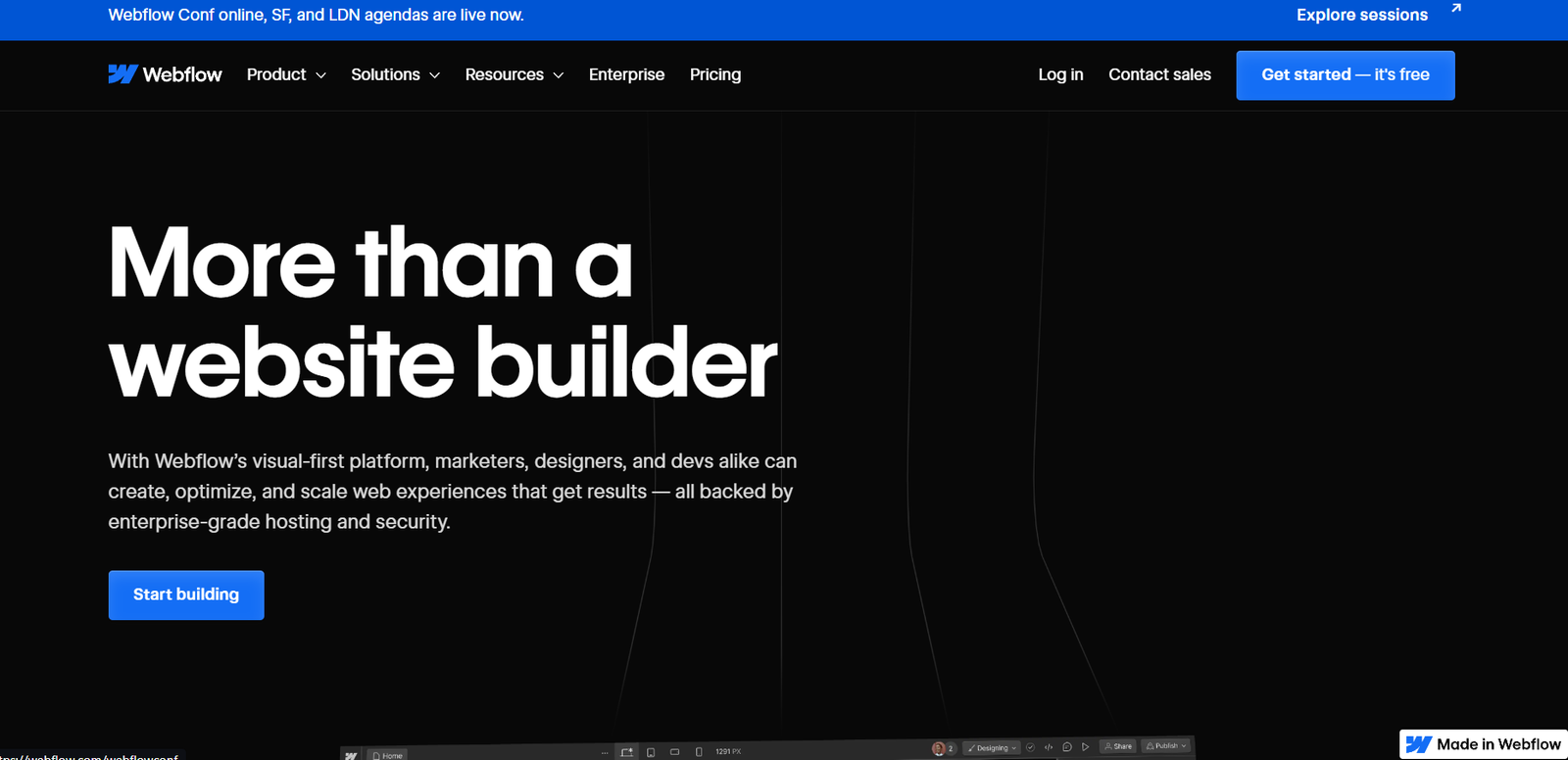


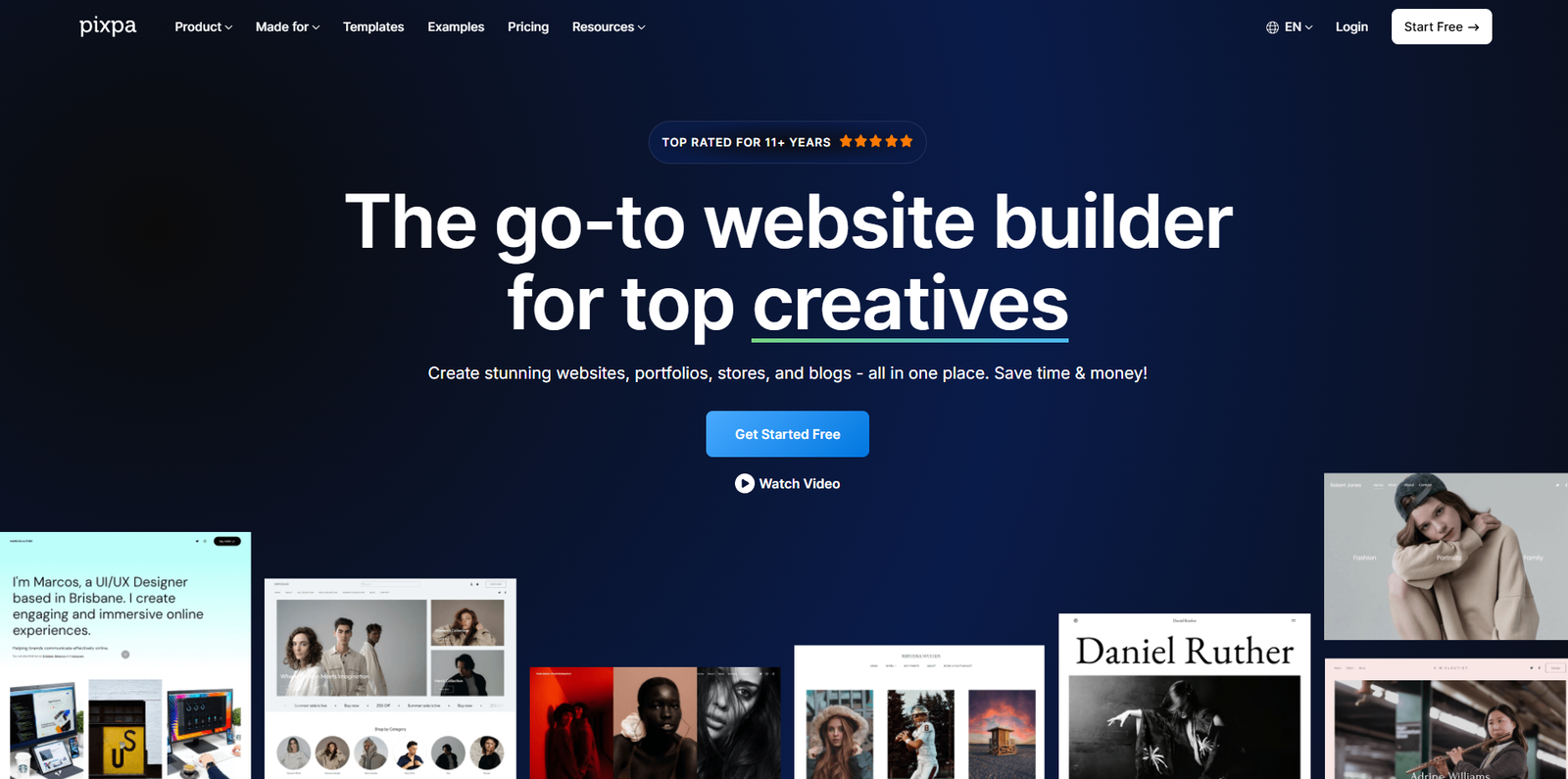
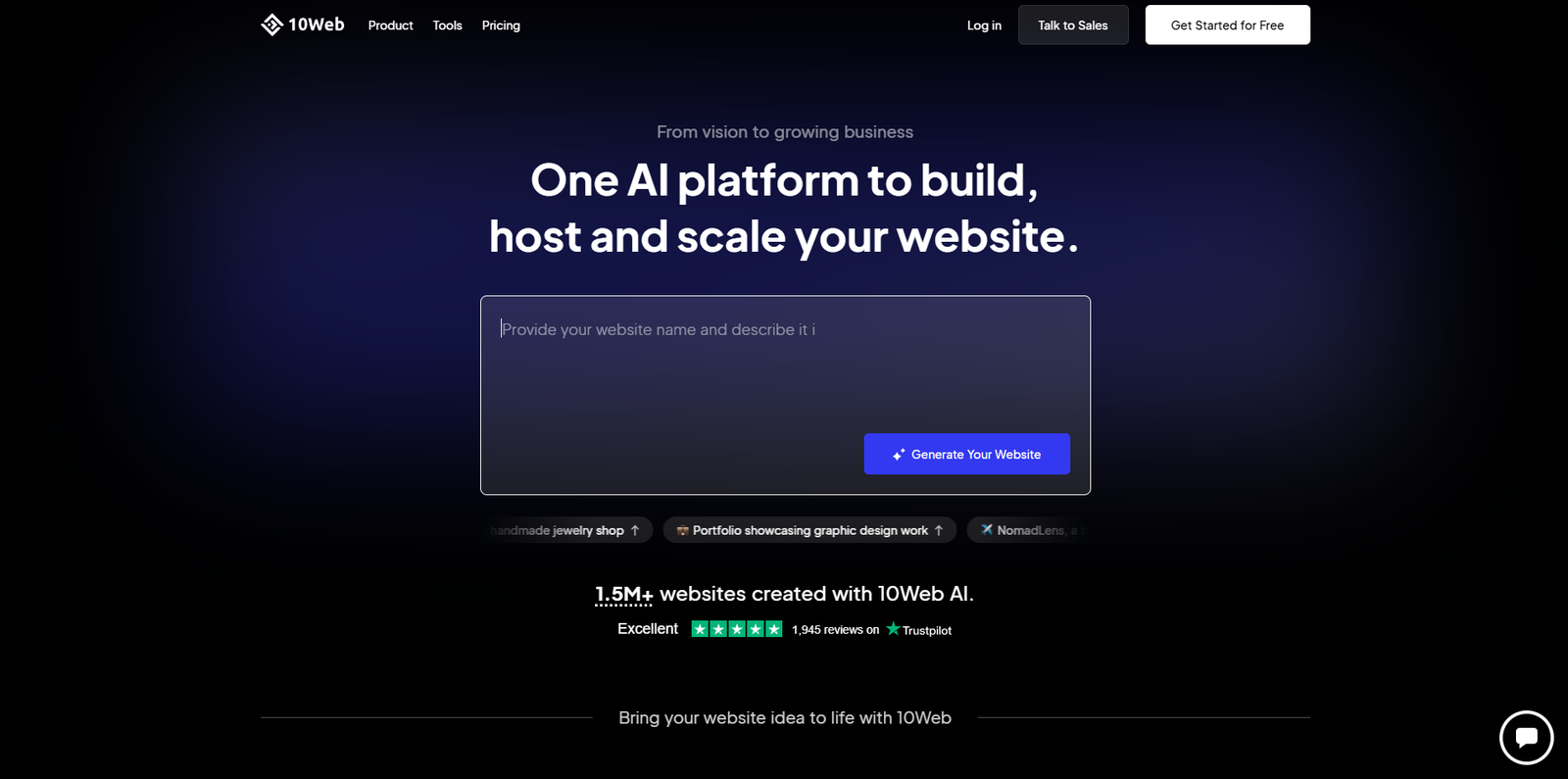
![[Black Friday] 100+ Best Marketing Software Deals 2024](https://digital-expert.online/images/en_blog_marketing-tools_recommends_best-black-friday-software-saas-deals.png)




